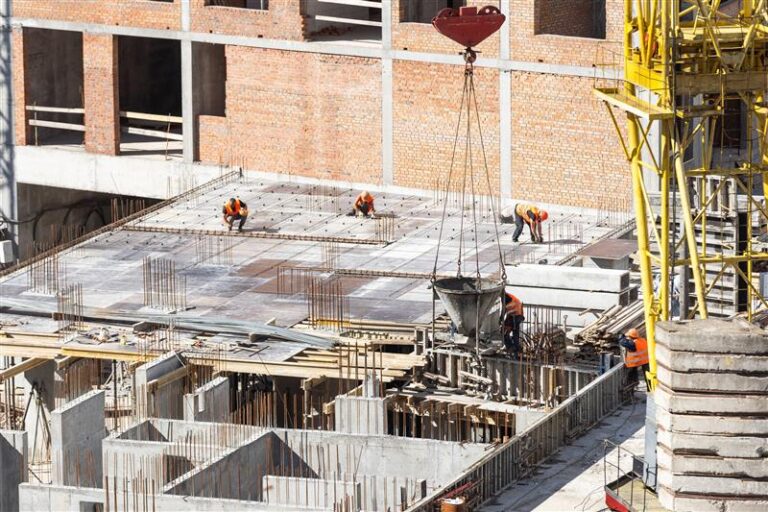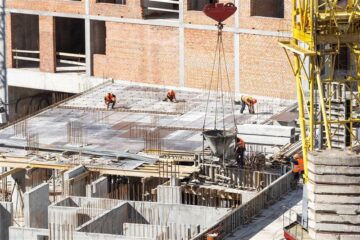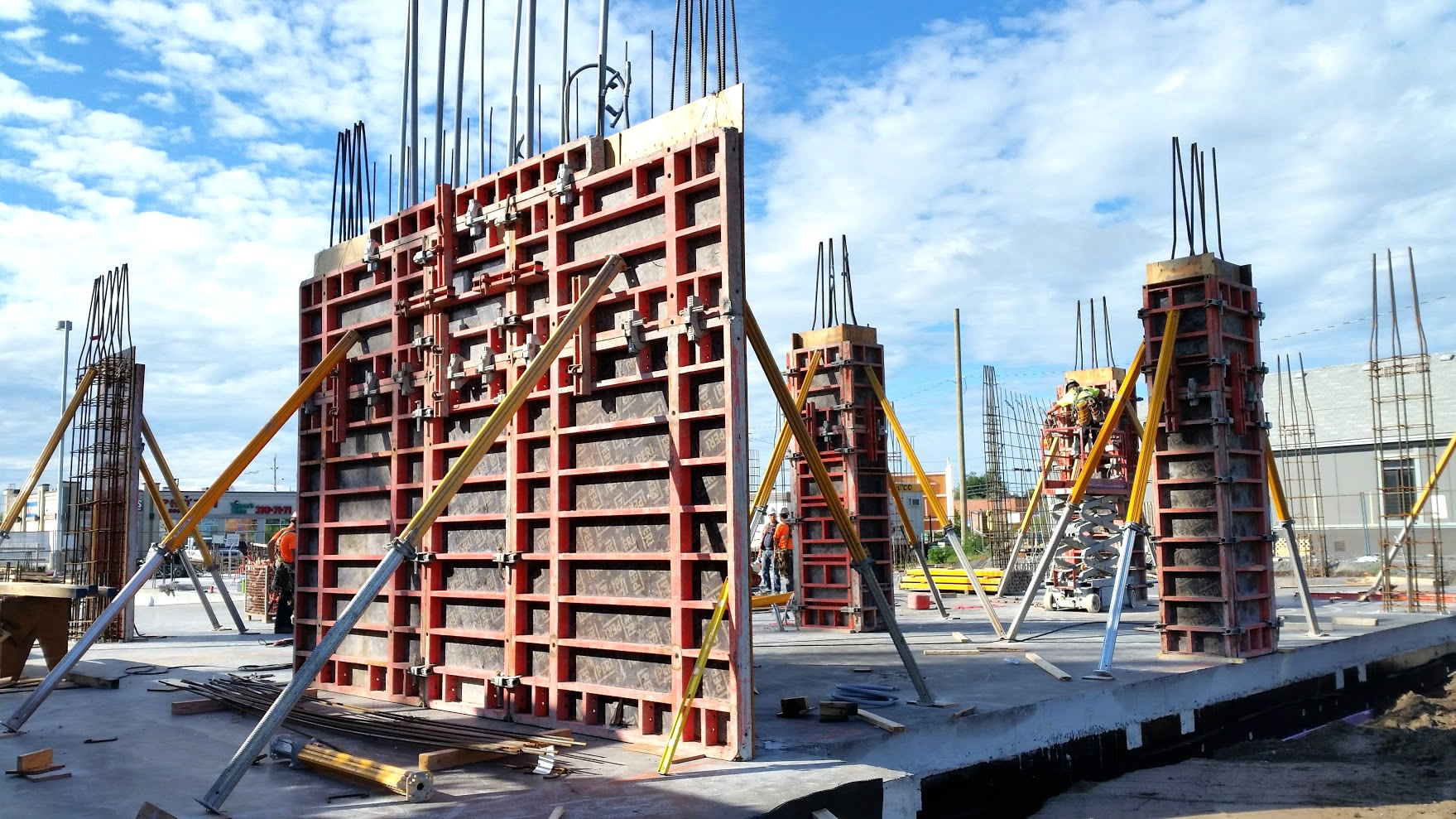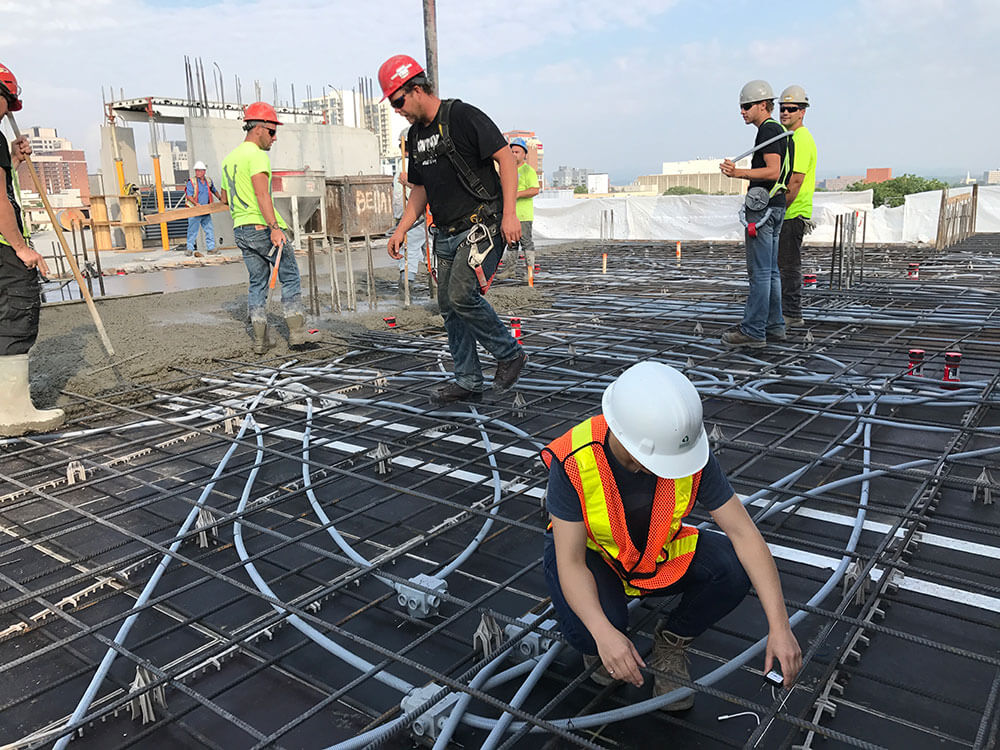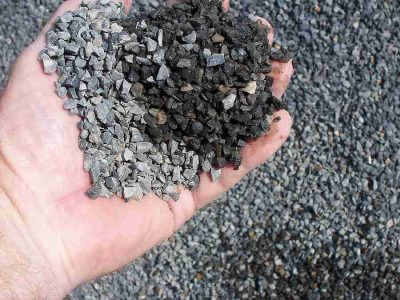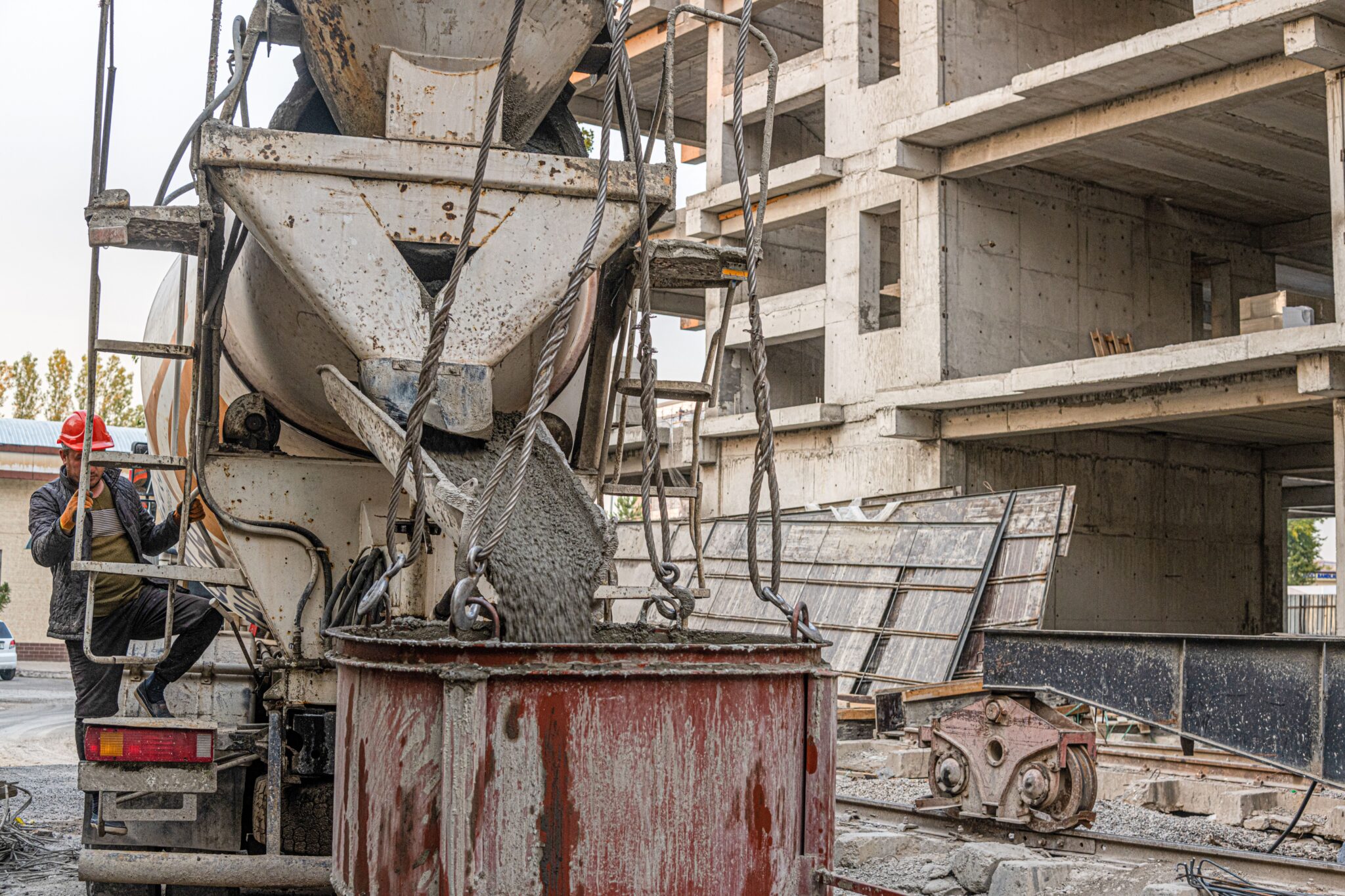Australia’s diverse climate and infrastructure demands have led to the development of rigorous concrete standards to ensure safety, durability, and performance. They govern everything from material supply to testing and structural performance. These standards help ensure that concrete structures remain safe, reliable, and long-lasting across varied environmental conditions.
SmartRock® Long Range Savings for Big Projects
In this blog, let’s outline the key aspects of concrete standards in Australia, drawing from, AS 3600, AS 1379, AS 1012 series, and related specifications including Australian DOTs.
The Foundation of Concrete Compliance in Australia
Australia’s concrete regulations are governed by a suite of standards, including:
-
- AS 1379 – Specification and supply of concrete
Outlines ordering, manufacturing, and delivery procedures for ready-mix concrete.
- AS 3600 – Concrete structures
Covers structural design principles, including reinforcement and durability.
- AS 1012 series – Methods of testing concrete
Defines test methods for strength, workability, air content, shrinkage, and more.
- AS 3610 – Formwork for concrete
Provides guidance on design, erection, and removal of formwork, including surface finish expectations.
- AS 5100.5 – Bridge design – Concrete
Focuses on concrete design requirements specific to bridge structures.
Together, these documents provide a framework that balances material performance with structural safety. On site, this means that the same batch of concrete is specified, tested, placed, and monitored according to a consistent national benchmark, ensuring quality no matter whether the project is a suburban driveway, a high-rise tower in Sydney, or a highway bridge in Western Australia.
Concrete Units and Measurements
Australia uses the Metric System, with compressive strength in MPa, temperature in °C, and dimensions in mm. Standardizing units in MPa, °C, and mm not only eliminates ambiguity on drawings and test reports but also aligns Australia with international best practice. For engineers and contractors, this consistency is critical when interpreting compressive strength results or adjusting curing practices for local climates.
Compressive Strength Testing in Practice
Compressive strength testing is the core indicator of whether concrete will perform as designed. In practice, the frequency of tests ensures that any variability in materials or batching is caught early, reducing costly rework. The curing environments—different for temperate and tropical zones—account for Australia’s vast climatic range. Without this adjustment, results could either underestimate or overestimate actual performance on site.
- Specimen Types: Cylinders (150×300 mm or 100×200 mm) and grout cubes (50 mm or 75 mm).
- Test Frequency: One set of three specimens per 50 m³ or per day, whichever is more frequent per specified testing point (e.g.) 1, 3, 7, 28 and 56 days strength requirements
- Curing Conditions:
-
- Temperate Zone: 23°C ±2°C, RH >95%
-
- Tropical Zone: 27°C ±2°C, RH >95%
- Standards Referenced: AS 1012.8.1, AS 1012.9, AS 1012.14, AS 1012.19
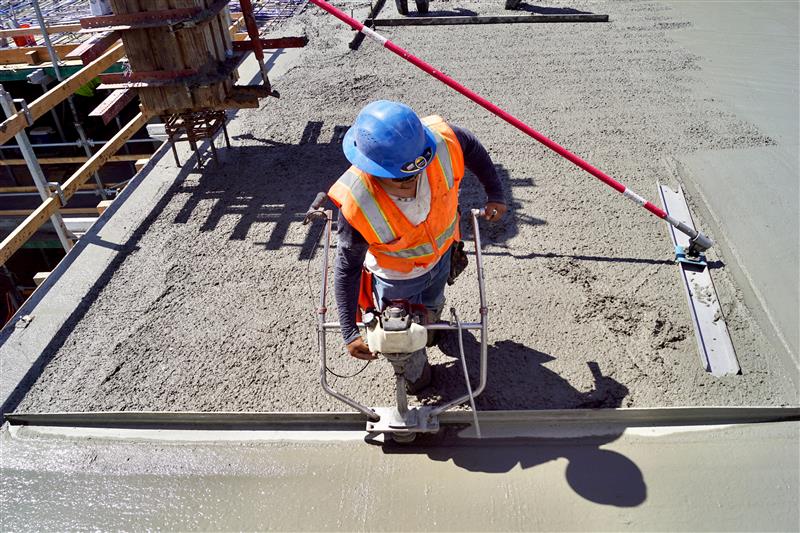
Quality Control Parameters for Temperature and Placement
Temperature plays a key role in concrete performance and crack prevention. Australian standards set specific limits to manage thermal behaviour during mixing and placement.
-
- Maximum allowable concrete temperature from hydration is less than 80°C, according to AS 5100.5.
- Pour temperature must be between 10°C and 35°C.
- The temperature differential between the core and surface of mass concrete elements must remain below 25°C to mitigate internal stress buildup.
Post-Tensioning Concrete
The staged stressing process ensures tendons aren’t overloaded before the surrounding concrete can handle the force. Misjudging this sequence can cause cracking or even catastrophic failure. By adhering to AS 1310 and AS 3600, contractors guarantee that prestressing strands and concrete work together safely, leading to longer spans and thinner sections, an essential part of modern Australian bridge and tower construction.
- Standards – AS 1310 The use of post-tensioning in concrete and AS 3600
- Initial stress – About 25% of prestressing force at 7 to 9MPa
- Final stress – 100% of prestressing force is applied at 22 MPa (12.7mm strand) and 25 Mpa (15,2mm strand)
Curing Period Requirements
For projects using steam curing, compliance with AS 1012.19 and AS 1012.8.1 is required to validate strength development.
In field curing scenarios, concrete must maintain a minimum surface temperature of 5°C for at least seven days. This ensures that hydration continues effectively even in cold conditions.
Guidelines for Formwork Removal
Minimum time before formwork stripping for slabs and beams is 72 hours after casting. Earlier removal may be allowed if in-place strength is verified through maturity or TMC measurements.
Standards AS 3610.1 and TS-0710 provide specific direction on timing and conditions for early removal.
Managing Cold and Hot Weather Concreting
Australia’s climate zones require different placement strategies to accommodate thermal challenges.
In cold weather:
-
- Concrete must be placed at a temperature of at least 10°C
- A minimum of 5°C at the surface must be maintained for seven days
In hot weather:
-
- Concrete mix temperature before placement must not exceed 32°C
- Ambient shade temperature must remain below 38°C, or placement must be completed before that threshold is reached
These guidelines help reduce the risk of thermal cracking and rapid moisture loss that can affect strength and durability.
SmartRock® Long Range Savings for Big Projects
Mass Concrete Monitoring
Elements with a cross-sectional area greater than 1 square metre fall under the definition of mass concrete. Due to the potential for significant internal heat buildup, temperature sensors are required at critical points, including:
-
- The geometric centre of the element
- The upper edge
- Side faces at the level of reinforcing steel
This thermal monitoring is essential for maintaining internal temperature differentials within acceptable limits and avoiding delayed ettringite formation or cracking.
- Standards – AS 5100.5, CIRIA C766, CIA Z Series, government and DOT standards
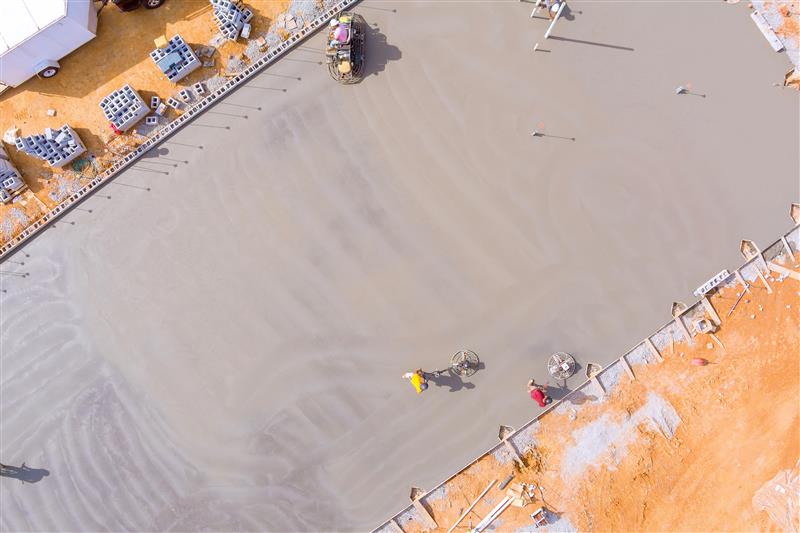
Estimating Early-Age Strength with Maturity
Relying only on cylinder breaks can slow projects down. By integrating the maturity method and Temperature Match Curing (TMC), Australian projects unlock the ability to safely accelerate schedules. State DOTs recognize these methods because they’ve proven effective in balancing productivity and safety in fast-track projects.
- Methods: Maturity testing and TMC are permitted to estimate early-age strength for many early-age applications. Some of these include post-tensioned concrete, lifting precast elements, stripping formwork, jumping cores, loading decks and landing precast facades on ferrule anchors.
- Standard, DOT standards and industry guidelines for maturity testing in Australia include:
-
- ASTM C1074 – Estimating early age strength in concrete
-
- VICROADS – Section 610 – Concrete Structures
-
- TfNSW – Test Method T382
-
- MAIN ROADS WA – Specification 820
-
- TMR QLD – MRTS70 Concrete
Want to optimize curing time and quality? Check out our solutions here!
How SmartRock™ Supports Australian Standards
Using the maturity method, Giatec’s SmartRock sensors are a proven solution for builders and engineers who need to meet standards for concrete testing in Australia without slowing down construction timelines.
SmartRock enables:
- Real-Time Monitoring: Track thermal differential, peek temperature and strength development
- Maturity Method Integration: Aligns with AS 1012.9 and ASTM C1074.
- Data-Driven Decisions: Real-time early age concrete strength data unlocks the full productivity potential of construction activities such as formwork removal, post-tensioned concrete, jumping cores, landing precast elements on ferrule anchors, lift precast elements and many more activities.
- Improved site safety: real-time, location-specific data for improved safety in time-critical construction practices such as post-tensioning and loading concrete elements.
By embedding SmartRock sensors directly into the concrete, teams gain actionable insights without relying solely on lab tests. This leads to safer scheduling, reduced delays, and greater quality control, even in extreme Australian climates.
Standards for Concrete Testing in Australia: Key Technical Specifications
The following table summarizes the key technical parameters outlined in Australian concrete standards. These specifications are essential for ensuring proper mix design, placement, curing, and performance across various environmental conditions:
| Parameter | Specification |
| Units | Metric (MPa, °C, mm) |
| Compressive strength test | Cylinders: 150×300 mm or 100×200 mm |
| Test frequency | 1 set per 50 m³ (or per day) per test point |
| Curing conditions | 23°C ±2°C (Temperate), 27°C ±2°C (Tropical), RH >95% |
| Maximum concrete temperature | Less than 80°C |
| Pour temperature | 10°C to 35°C |
| Core-surface temperature differential | Maximum 25°C |
| Cold weather requirement | Minimum 5°C surface temperature for 7 days |
| Hot weather limit | Maximum 32°C mix temperature, ambient less than 38°C |
| Mass concrete | Cross-section greater than 1 m²; multiple temperature sensor points required |
Conclusion
Australia’s concrete standards are designed to ensure performance across a wide range of environmental conditions. While Australian Standards provide a strong compliance to a minimal acceptable practice in concrete construction, their use alongside both International Standards, Government Standards and Industry Guidelines ensures Australia continues to build to the world leading quality it is renowned for. With SmartRock concrete technology, construction teams can streamline compliance, improve safety, reduce delays, and build with confidence—from the outback to the coast.
Interested in learning more about AI and Evolving Concrete Standards? Listen to our podcast here!
